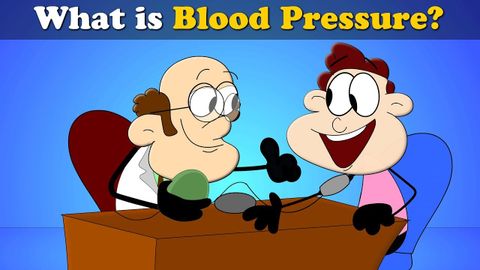
Subtitles & vocabulary
What is Blood Pressure? | #aumsum
00
AumSum posted on 2019/08/07Save
Video vocabulary
constantly
US /ˈkɑnstəntlɪ/
・
UK /ˈkɒnstəntli/
- Adverb
- Frequently, or without pause
- In a way that is unchanging or faithful
B1
More stick
US /stɪk/
・
UK /stɪk/
- Verb (Transitive/Intransitive)
- To push a sharp or pointed object into something
- To join together using glue or paste
- Countable Noun
- Long thin piece of wood from a tree
A2
More basically
US /ˈbesɪkəli,-kli/
・
UK /ˈbeɪsɪkli/
- Adverb
- Used before you explain something simply, clearly
- In essence; when you consider the most important aspects of something.
A2
More Use Energy
Unlock All Vocabulary
Unlock pronunciation, explanations, and filters
